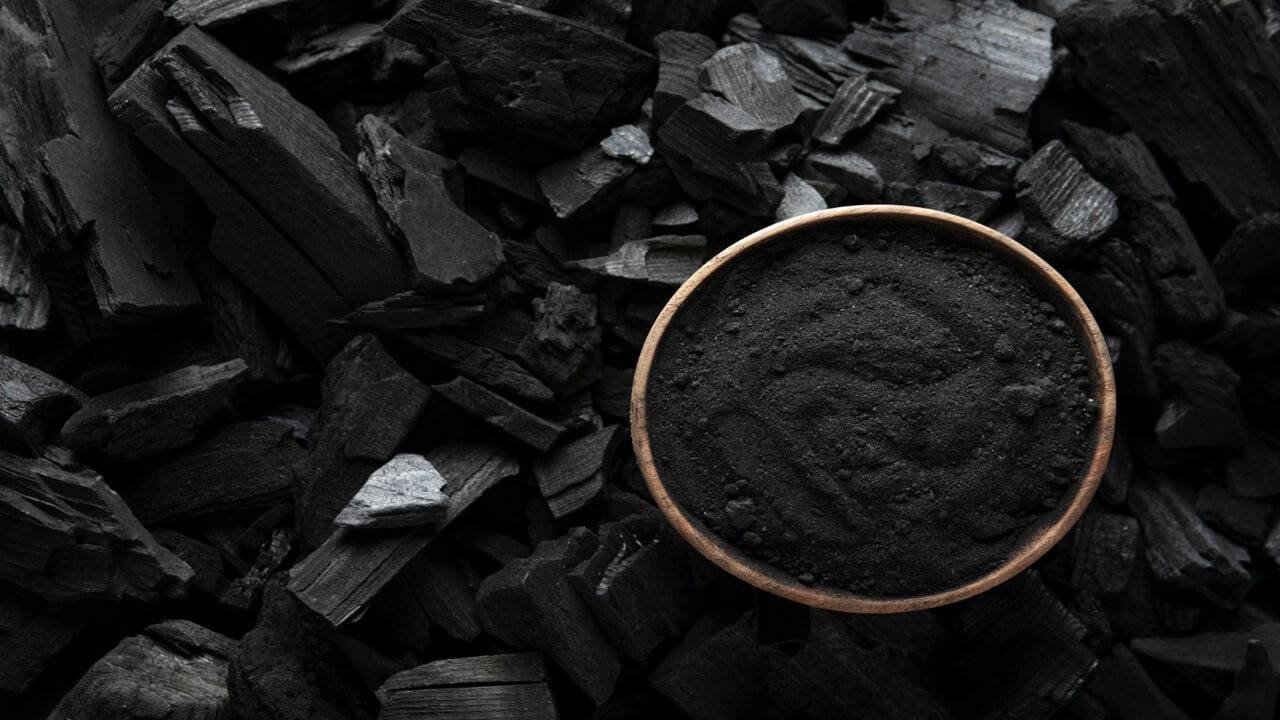
Coconut Activated Charcoal and Biochar Production
September 30, 2025, 9:03 am
Activated charcoal, also known as activated carbon, is a fine black powder made from bone char, coconut shells, peat, petroleum coke, coal, olive pits, or sawdust.
ACTIVATED CHARCOAL
The charcoal is "activated" by processing it at very high temperatures that change its internal structure, reducing the size of its pores and increasing its surface area. This processing makes it extremely porous and capable of capturing, binding, and removing toxins, chemicals, and gases from its environment through a process called adsorption.
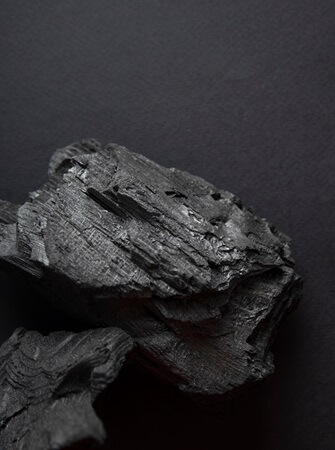
Activated charcoal or carbon is a widely used material in the chemical industry. The superior physicochemical properties that activated carbon have such as high surface area, physical and chemical stability make activated carbon have a wide range of applications.
USES OF COCONUT SHELL ACTIVATED CHARCOAL
In Nigeria, the waste of coconut is not optimally used as a high-value product. The high production of coconut means that the creation of coconut shell wastes is so high. Several downstream industries result from coconut processing, such as coco fiber, coconut oil, desiccated coconut, and nata de coco.
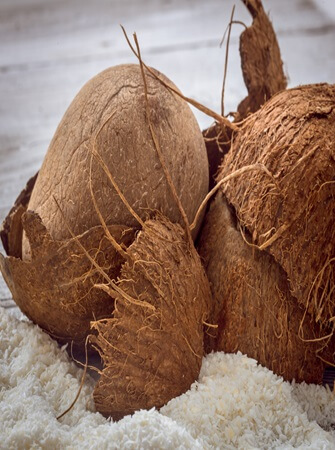
The utilization of coconut shell waste is right now applied as charcoal for grilling and souvenirs or merchandise, whereas coconut shell can be a raw material for producing a valuable product with high economic value such as activated carbon and graphene materials
Some of the high-value uses of coconut shell activated carbon are:
1. Detoxification and Digestive Health
One of the most well-known benefits of activated charcoal is its ability to detoxify the body. When ingested, coconut shell activated charcoal binds to toxins and harmful chemicals in the digestive tract, helping the body eliminate them safely. This can be particularly beneficial in cases of food poisoning or accidental ingestion of toxins, as it reduces the body's absorption of harmful substances.

2. Water Filtration
Coconut shell activated charcoal is highly effective in water filtration systems due to its ability to remove contaminants such as chlorine, heavy metals, and harmful chemicals. Many household water filters contain this type of activated charcoal because it improves the taste and purity of water by removing unwanted substances while allowing essential minerals to remain.
This method of water filtration is particularly popular because it's natural and does not involve the use of chemicals. Furthermore, the use of coconut shells, a biodegradable material, adds to the sustainability factor.
3. Skin Care and Beauty
Coconut shell activated charcoal is a common ingredient in many skin care products, such as face masks, cleansers, and scrubs. Its powerful adsorption properties help to draw out impurities, toxins, and excess oils from the skin, leaving it clearer and healthier. Regular use of activated charcoal skin care products can help reduce the appearance of acne, blackheads, and other skin issues caused by clogged pores.

Another beauty benefit of activated charcoal is its use in teeth whitening. Many people use activated charcoal toothpaste or powder as a natural alternative to commercial teeth whiteners. The charcoal works by binding to plaque and surface stains, helping to remove them and revealing whiter teeth over time.
4. Air Purification
Coconut shell activated charcoal is also a popular choice for air purification systems. Its porous structure can trap allergens, odors, and harmful pollutants in the air, making it ideal for improving indoor air quality. Air purifiers that use activated charcoal are particularly beneficial for those with allergies or respiratory conditions, as they help remove particles that can trigger symptoms.
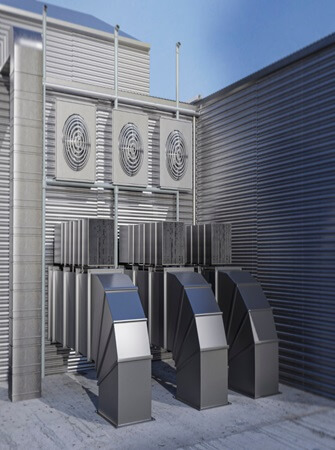
Natural air-purifying bags filled with coconut shell activated charcoal are another way to clean the air in homes or cars. These bags are effective at absorbing odors and excess moisture, making them a chemical-free solution for maintaining fresh, clean air.
5. Natural Remedy for Poisoning and Overdoses
Coconut shell activated charcoal is sometimes used in emergency rooms to treat poisoning and drug overdoses. Because of its potent ability to trap toxins and chemicals, it can prevent the absorption of harmful substances into the bloodstream when administered promptly.
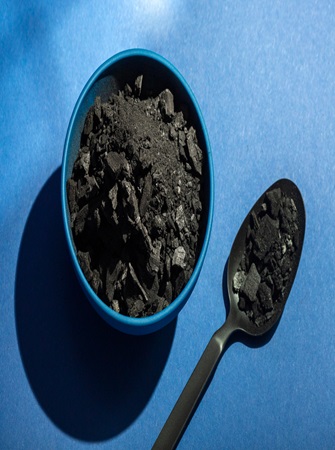
While not a substitute for medical treatment, having activated charcoal on hand can provide a first line of defense in certain emergency situations.
6. Supports Environmental Sustainability
As mentioned earlier, one of the main advantages of coconut shell activated charcoal is its sustainability. Coconuts are a renewable resource, and using the shells to produce charcoal helps reduce agricultural waste. Additionally, the production process typically has a lower carbon footprint than traditional forms of charcoal, making it an environmentally responsible choice
HOW TO PRODUCE COCONUT SHELL ACTIVATED CHARCOAL
The process of producing activated charcoal from coconut shells is done in the ten steps below:
1. Coconut shells are collected from coconut farmers.
2. The shells are washed and cleaned from the husk then dried by solar thermal for three days.
3. The shells are then grinded into the granular size (2 mm − 3 mm).
4. The coconut shells are carbonized at 600˚C for 3 hours to produce a rich carbon coconut shell charcoal
5. The charcoal is grinded and sieved until a 200 mesh particle size is obtained.
6. Next, the charcoal in powder form are washed with 40% hydrofluoric (HF) or industrial salt to remove all impurities
7. The washed sample is cleaned using a hotplate stirrer by adjusting the sample ratio (charcoal to HF is 1:3) and heated at 45˚C for 3 hours.
8. The sample is then washed with deionized water until the pH value of the solution is between 6 and 7 and dried with an oven at 110 °C for 12 hours
9. Afterward, the sample is activated by using sodium hydroxide (NaOH), zinc chloride (ZnCl2), and phosphoric acid (H3PO4) activating agents with a ratio between sample and activator is 1:4 and heated at 85˚C for 2 hours then dried at 130˚C for 3 hours.
10. After activating, the sample is washed with 1 M hydrochloric acid (HCl) and deionized water until a PH of 7 is obtained, then dried with an oven at 110˚C for 12 hours.
Potential buyers of activated carbon are:
1. Pharmaceutical companies
2. Cannabis growers
3. Beauty, skin and hygiene products manufacturers
4. 3D printing and laser engraving companies
5. Aquarium and fish tank manufactures
6. Animal pet products manufacturers
7. Fertilizer manufacturers
WHAT IS BIOCHAR
Biochar is a form of charcoal, specifically designed for use in soil, created by heating organic materials (like wood, crop residues, or animal waste) in a process called pyrolysis, where they are heated in a controlled environment with limited oxygen.
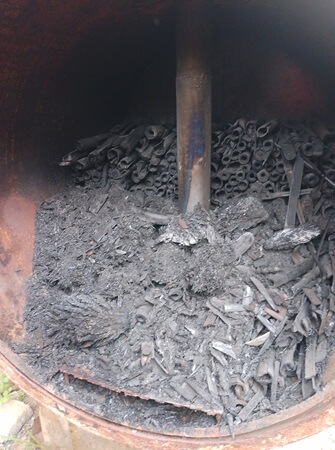
While biochar is a type of charcoal, it's specifically designed for soil improvement and carbon sequestration, whereas charcoal is primarily used as a fuel source
BENEFITS OF BIOCHAR IN FARMING
- Carbon Sequestration: Biochar can store carbon in the soil, helping to mitigate climate change.
- Improved Soil Structure: Biochar can increase soil water holding capacity, enhance drainage, and improve aeration, leading to healthier soil.
- Nutrient Availability: Biochar can increase the availability of essential nutrients for plants.
- Reduced Leaching: Biochar can help reduce the loss of nutrients from the soil through leaching
HOW IS BIOCHAR PRODUCED
Biochar is produced through pyrolysis, where biomass is heated to high temperatures (200°C to 700°C) without significant oxygen access. This process decomposes the biomass, leaving behind a carbon-rich solid, which is biochar. The pyrolysis process can be done with a carbonizer
CARBONIZER
A carbonizer machine, also known as a charcoal carbonizer or a biomass carbonization machine, is a piece of equipment used to convert organic matter, like wood or biomass, into charcoal through a process called carbonization
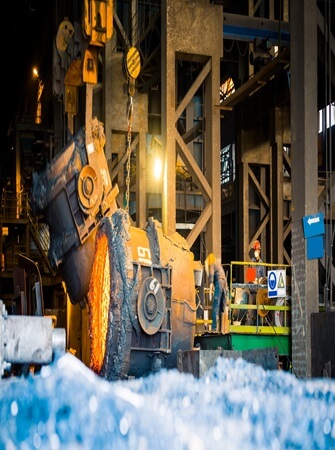
CARBONIZATION
Carbonization is a chemical process where complex organic matter, like wood or coal, is converted into carbon-rich solid residue through heating (pyrolysis) in the absence of air or oxygen. This process removes non-carbon elements (hydrogen, oxygen) and leaves behind carbon, transforming the original substance into a carbonaceous material, such as charcoal
Types of Carbonizer Machines
- Horizontal Carbonization Furnaces
These furnaces are designed with a horizontal chamber for heating the biomass
- Rotary Carbonization Furnaces
These furnaces utilize a rotating drum to ensure even heating and mixing of the biomass.
- Airflow Carbonization Furnaces
These furnaces use a controlled airflow to facilitate the carbonization process
Biochar Production Steps
- Heating
The carbonizer heats the biomass material, typically to temperatures between 380°C and 450°C.
- Thermal Decomposition
This heat causes the biomass to undergo thermal decomposition, breaking it down into its constituent parts.
- Product Formation
The resulting products include solid biochar (charcoal), gases, and liquids
CONCLUSION
If you would like to see how biochar and activated charcoal is produced, then sign up to watch our biochar production video tutorial
Also, if you would like to build a carbonizer so you can take advantage of biochar and activated charcoal for your farming and business operations, please send a mail to agsolutions@agricdemy.com or call/chat with us: +2348089864121
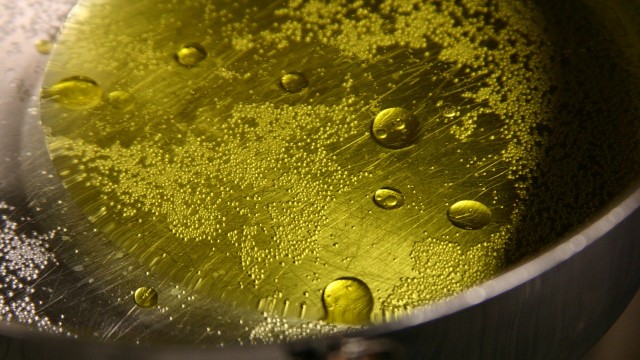
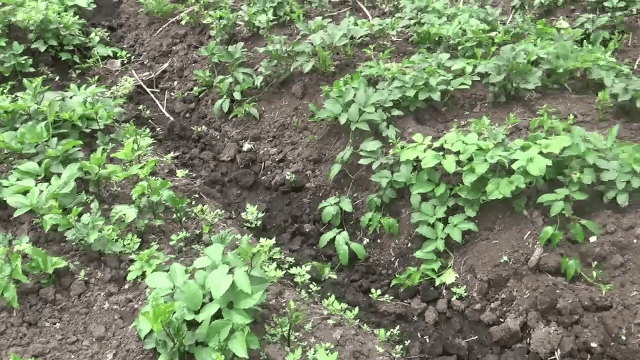
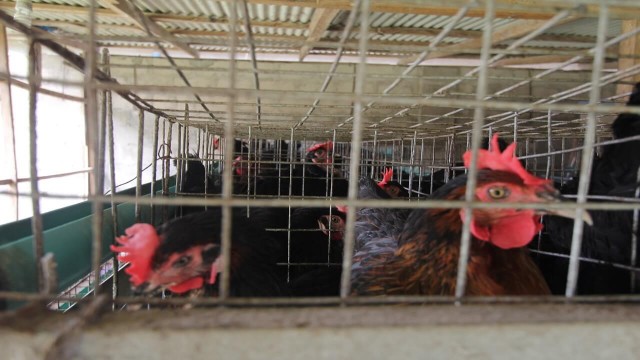
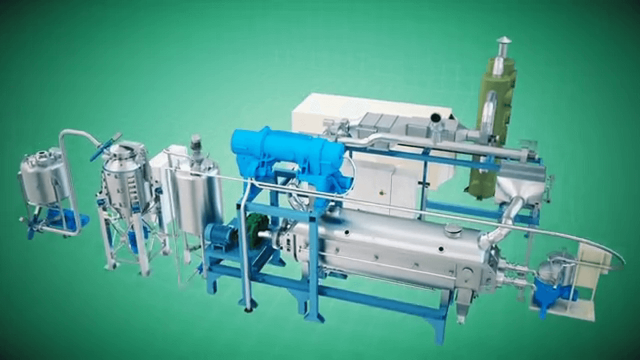
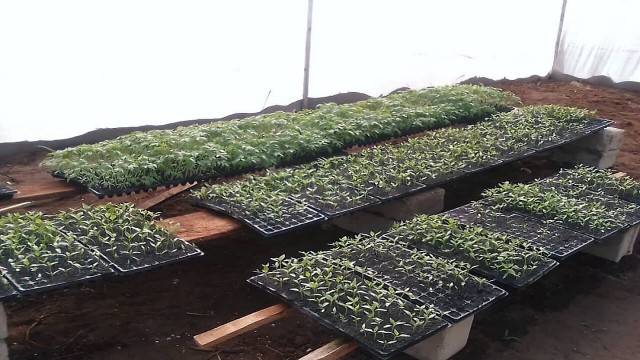





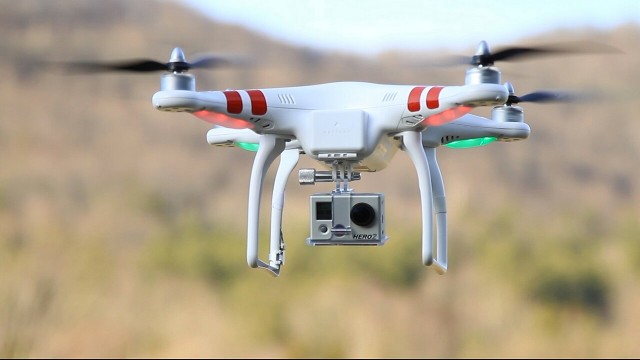

Share This Article: